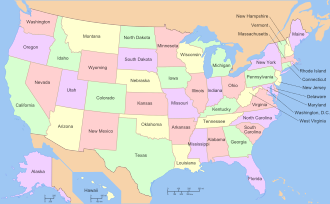Determining the “money” the US has can be interpreted in a few ways, each with different answers. Here’s a breakdown of several relevant aspects:
1. Gross Domestic Product (GDP):
- In 2023, the US GDP was estimated at about $26.95 trillion (nominal), the world’s largest economy. This reflects the total value of all goods and services produced within the US annually.
2. National Debt:
- As of January 2, 2024, the US national debt stands at $33.99 trillion. This represents the accumulated money the government has borrowed to finance its operations and cover past deficits.
3. Net Worth:
- Combining the above, the US has a net worth of at least $123.8 trillion based on 2023 estimates. This takes into account all assets (physical, financial, etc.) owned by the government and private sectors, minus the national debt.

4. Federal Budget:
- The US federal budget annually determines how much money the government can spend. In fiscal year 2023, the government spent $6.13 trillion, exceeding revenue and resulting in a budget deficit.
5. Monetary Policy:
- The Federal Reserve sets monetary policy, influencing the money supply, credit availability, and inflation. Understanding its policies is crucial for comprehending the financial landscape.
Additional Points:
- The US dollar is the world’s primary reserve currency, influencing global financial markets.
- Household and business finances also play a crucial role in the overall US financial picture.
- Tracking economic indicators like unemployment, inflation, and investment rates provides further insights.
Understanding “how much money the US has” requires looking beyond a single number. It’s a complex interplay of various factors, including national debt, net worth, government spending, economic indicators, and global financial influence. I hope this breakdown provides a comprehensive picture, but I’m happy to delve deeper into any specific aspect you’d like to know more about.
